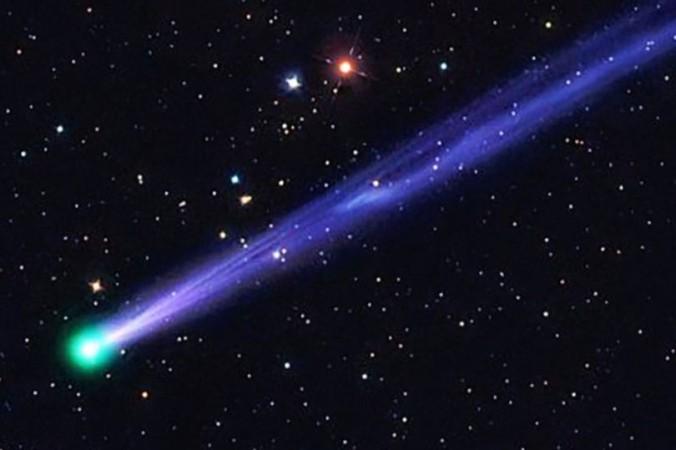
Skygazers can get ready for a spectacular astronomical event that will take place in the wee hours of Saturday, when the "green comet" will be back in the inner solar system. This comet passes through the solar system every 5.25 years.
Also Read: Penumbra lunar eclipse: Date, time and place to watch the phenomenon!
The comet, 45P/Honda-Mrkos-Pajdusakova, named after a trio of astronomers who spotted the space rock in 1948, will pass by Earth at a distance of around 11.9 million kilometers (7.4 million miles) — the 8th closest comet flyby of Earth since 1950, according to the Minor Planet Center.
The comet passed closer to Earth when it last visited in 2011, but this latest flyby is the closest the comet will come to Earth this century.
The comet will reach peak luminosity on Saturday. The comet will pass by the constellation Hercules in the eastern sky, SpaceWeather.com reported.
"Proximity makes the comet bright despite its small size," said SpaceWeather.com.
The unique bluish-green of the comet is due to the evaporation of diatomic carbon that emits a green radiance in the near-vaccum of space.
This space rock appears like a frizzy bluish-green ball and possesses a fan-shaped tail.
It can be spotted by stargazers with the help of a small telescope or binoculars before sunrise between Thursday, February 9, 2017 and Sunday, February 12.
"Forecasters say 45P could be on the verge of naked eye visibility...when it emerges into the pre-dawn sky, later this week," according to SpaceWeather.com.
Apart from this, February has more celestial events in store!
Don't forget to check out the Full Moon on Saturday, February 11, which will be followed by the Penumbra Lunar eclipse, which takes place when the moon passes through Earth's partial shadow, also known as the 'penumbra'.
On February 26, you can witness the New Moon, as well as the annular solar eclipse.















